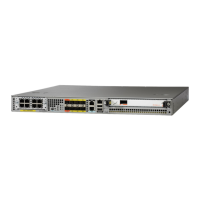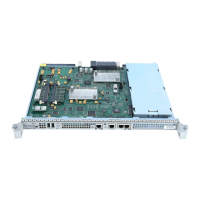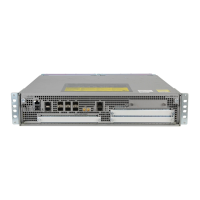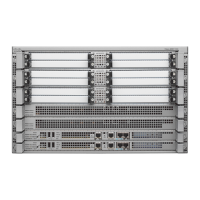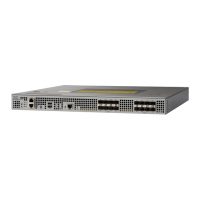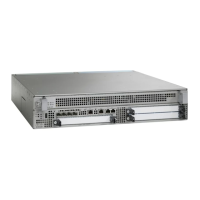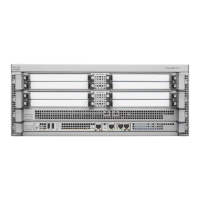Configuration Examples for TCP
Example: Verifying the Configuration of TCP ECN
The following example shows how to verify whether TCP ECN is configured:
Device# show running-config
Building configuration...
.
.
.
ip tcp ecn ! ECN is configured.
.
.
.
The following example shows how to verify whether TCP is ECN-enabled on a specific connection (local
host):
Device# show tcp tcb 123456A
!Local host
!
Connection state is ESTAB, I/O status: 1, unread input bytes: 0
Connection is ECN Enabled
Local host: 10.1.25.31, Local port: 11002
Foreign host: 10.1.25.34, Foreign port: 23
The following example shows how to display concise information about one address:
Device# show tcp brief
!
TCB Local address Foreign Address (state)
609789C Router.example.com.23 cider.example.com.3733 ESTAB
The following example shows how to enable IP TCP ECN debugging:
Device# debug ip tcp ecn
!
TCP ECN debugging is on
!
Device# telnet 10.1.25.31
Trying 10.1.25.31 ...
!
01:43:19: 10.1.25.35:11000 <---> 10.1.25.31:23 out ECN-setup SYN
01:43:21: 10.1.25.35:11000 <---> 10.1.25.31:23 congestion window changes
01:43:21: cwnd from 1460 to 1460, ssthresh from 65535 to 2920
01:43:21: 10.1.25.35:11000 <---> 10.1.25.31:23 in non-ECN-setup SYN-ACK
Before a TCP connection can use ECN, a host sends an ECN-setup SYN (synchronization) packet to a remote
end that contains an Echo Congestion Experience (ECE) and Congestion window reduced (CWR) bit set in
the header. Setting the ECE and CWR bits indicates to the remote end that the sending TCP is ECN capable,
rather than an indication of congestion. The remote end sends an ECN-setup SYN-ACK (acknowledgment)
packet to the sending host.
In this example the “out ECN-setup SYN” text means that a SYN packet with the ECE and CWR bit set was
sent to the remote end. The “in non-ECN-setup SYN-ACK” text means that the remote end did not favorably
acknowledge the ECN request and, therefore, the session is not ECN capable.
IP Application Services Configuration Guide, Cisco IOS XE Release 3S (Cisco ASR 1000)
38
Configuring TCP
Configuration Examples for TCP
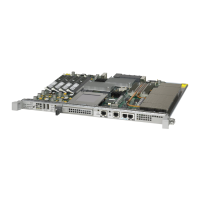
